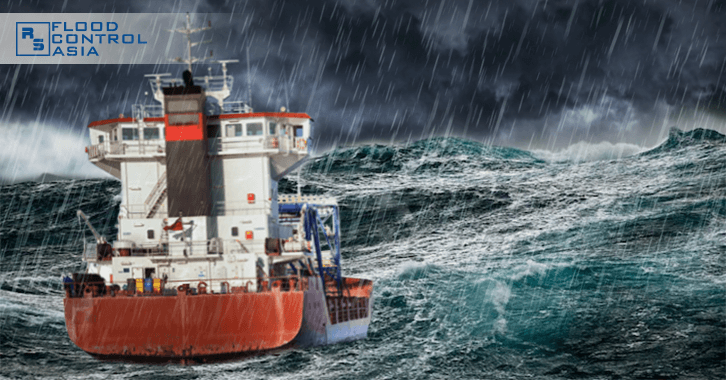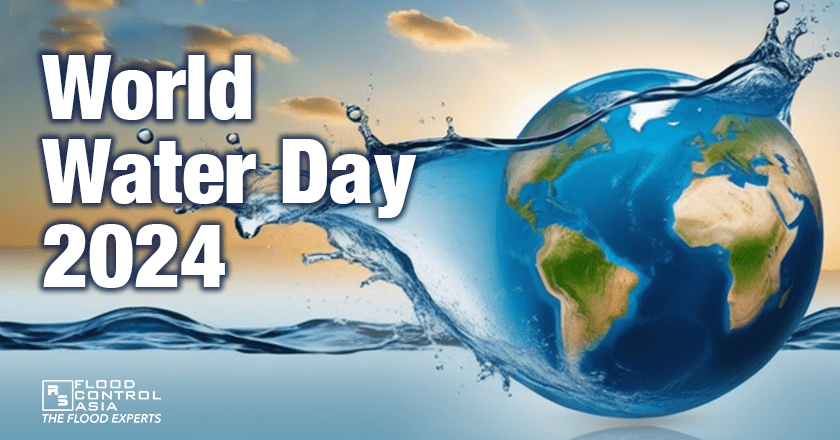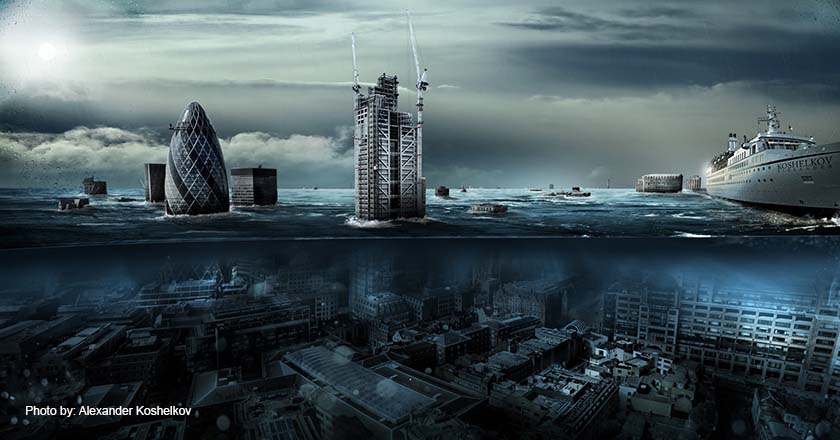Cargo Ships Hampered by Flood
February 7, 2018 | Created by: Andreas Klippe | Comments
Cargo ships might the biggest man-made vessels ever built. Due to their size and the nature of services they render, they can easily navigate even rough seas in their worst.

Have you ever thought that they can also be disrupted by flooding?
Turns out, what disrupts the operation of these cargo vessels is not flood per se. Instead, it is the shipping route that gets problematic when there’s flooding.
Here’s a classic example:
Take the flooding in Germany’s River Rhine in Germany early January of this year. The river overflowed due to melting snow and heavy rainfall.
As a result, shipping lanes were forced to close down. Shipping operations, including ferries crossing the river, have been limited to some parts of Rhineland and were expected to cease completely if the river’s water level went beyond 9 meters. If the Moselle River, which flows in to the Rhine, continued to rise, this scenario would not be impossible.
Tourism and daily transportation have ceased operations until further notice. Local authorities said that operations will resume until the levels revert back to its normal levels. According to the American-based CNBC, Cologne authorities said traffic for vessels including tourist boats has now been stopped in the city, where the river is relatively narrow.
Following that report, it seems that when river routes overflow, their passages get narrower. These narrow passages become a hazard for large barges and cargo ships. Navigation can really be hazardous, as submerged structures can damage cargo ships.
Even rivers in US are not spared!
Even the Mississippi river in the US can be shut down to the ships when it is overflowing. According to a report originally published by Bloomberg and was echoed by sea carriers websites, the Mississippi River accommodates delivery of large amount of grain. Here’s a quote:
The river carries grain accounting for 60 percent of U.S. exports to two major ports in Louisiana”. Flooding raised the costs for barge delivery to export terminals in New Orleans by 10 cents a bushel for soybeans and 5 cents for corn since Friday.
Also, severe sea storms hamper the movement of vessels delivering goods or oil to refineries. Higher waves make docking next to impossible, if not, dangerous. Vessels have no option but to wait out the storms.
Climate changes spares nothing of its wrath — even big ships. They seem to be small toys when placed against the forces of nature.
Can business be easily affected by changes in shipping routes?
Is there another to this question? Of course, business are always affected when shipping routes are closed down due to flood!
Storage of goods that are intended to be delivered to various ports are delayed. Thus, the larger chain of production is affected, and this delay might negatively affect the economic needs of a certain region.
Once delivered it will have to be moved quickly; otherwise, there will be a shortage of storage space.
What do ships sailing on stormy seas teach us?
Man should learn from this lesson so as to balance nature and urbanization. We must not take mother nature for granted and pollute the environment.
Climate change forces revision.
Climate change have forced shipping lines to rethink their delivery schedules. Ocean vessels and land-based freight transportation are forced to revise their routes when heavy flood threaten their routes.
Countries that are heavily dependent on imports for their economy have to buffer their stocks in case of delay in fresh deliveries and speed up manufacturing to prevent storage shortage.
Lessons to be learned?
Climate change has affected all aspects of life including the shipping business. Until transport industry can find new innovations to improve their services, they are at the mercy of mother nature.
Did you find this article interesting? Post your comments below!






